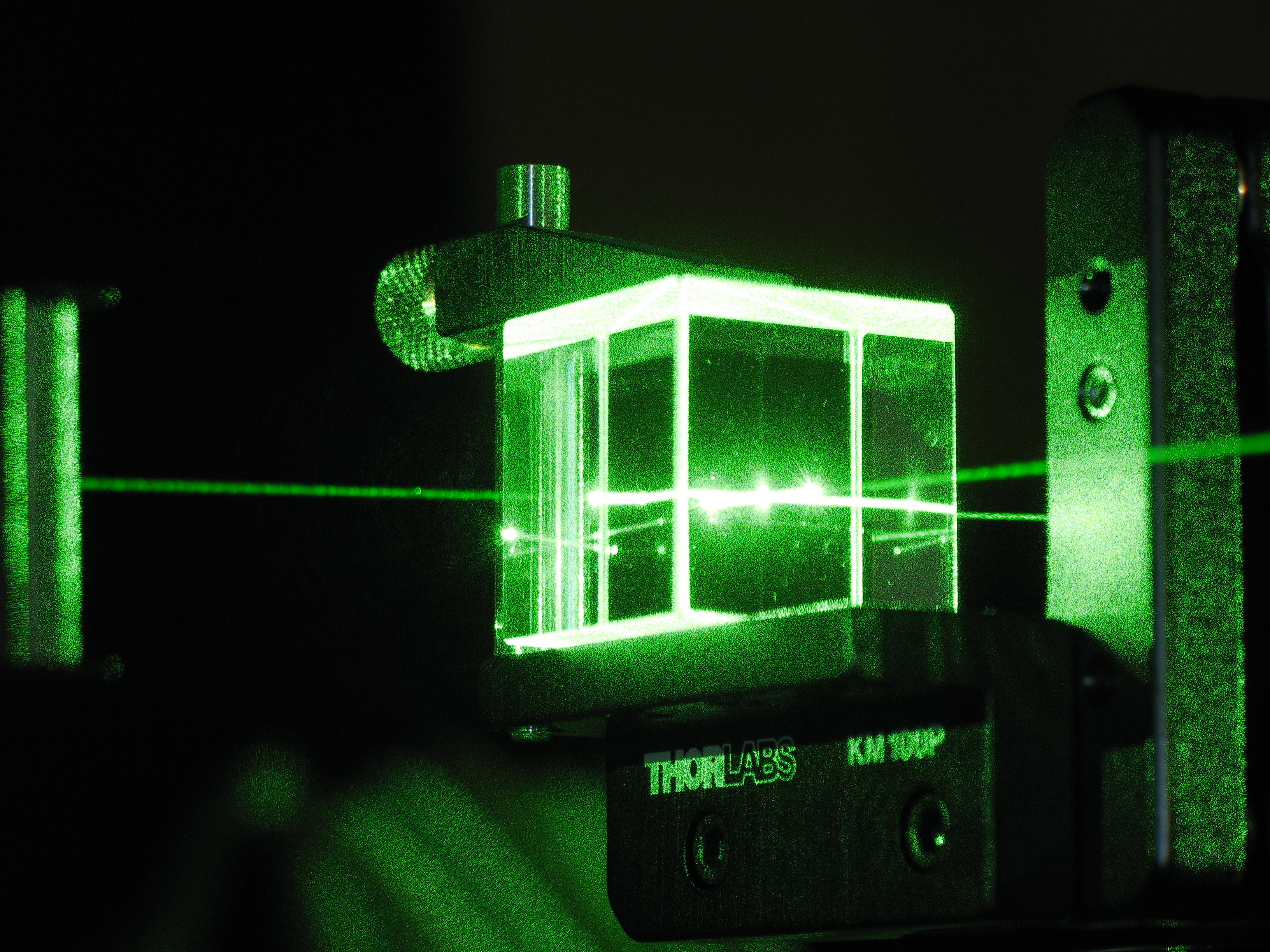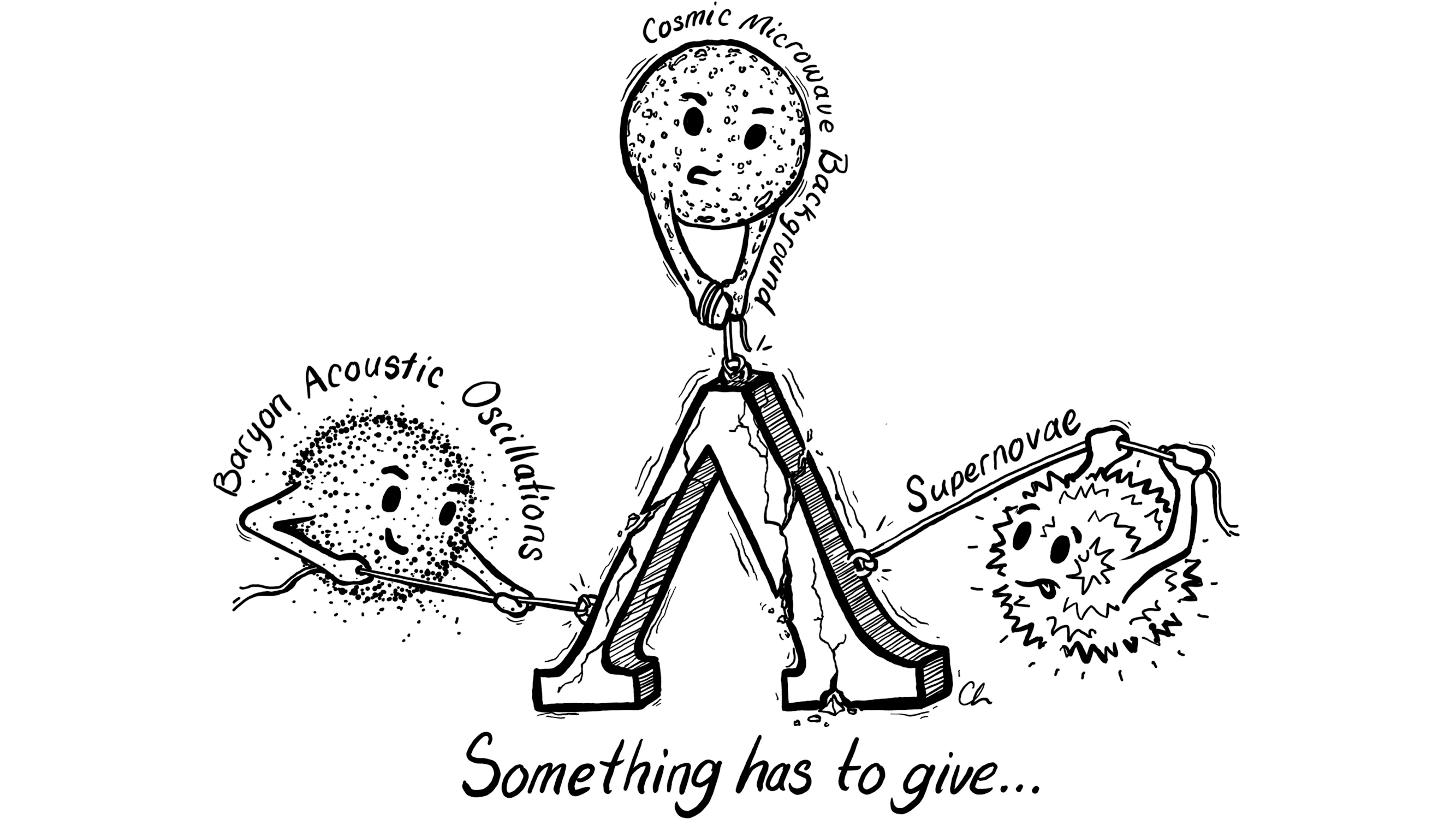Question: Are there only three dimensions in other universes or could there be more? (Submitted by Andre Lapiere)
Michio Kaku: Andre, we believe, though we cannot yet prove, that our multiverse of universes is 11-dimensional. So think of this 11-dimensional arena and in this arena there are bubbles, bubbles that float and the skin of the bubble represents an entire universe, so we’re like flies trapped on fly paper. We’re on the skin of a bubble. It’s a three dimensional bubble. The three dimensional bubble is expanding and that is called the Big Bang theory and sometimes these bubbles can bump into each other, sometimes they can split apart and that we think is the Big Bang. So we even have a theory of the Big Bang itself. Now you ask a question what about the dimensions of each bubble. Well in string theory—which is what I do for a living; that's my day job—in string theory we can have bubbles of different dimensions. The highest dimension is 11. You cannot go beyond 11 because universes become unstable beyond 11. If I write down the theory of a 13-, 15-dimensional universe it’s unstable and it collapses down to an 11-dimensional universe. But within 11 dimensions you can have bubbles that are 3 dimensional, 4-dimensional, 5-dimensional. These are membranes, so for short we call them branes. So these branes can exist in different dimensions and let’s say P represents the dimension of each bubble, so we call them p-branes. So a p-brane is a universe in different dimensions floating in a much larger arena, and this larger arena is the hyperspace that I talked about originally.
Also remember that each bubble vibrates, and each bubble vibrating creates music. The music of these membranes is the subatomic particles. Each subatomic particle represents a note on a vibrating string or vibrating membranes. So, believe it or not, we now have a candidate for the "Mind of God" that Albert Einstein wrote about for the last 30 years of his life. The "Mind of God" in this picture would be cosmic music resonating throughout 11-dimensional hyperspace.
Recorded September 29, 2010
Interviewed by Paul Hoffman






